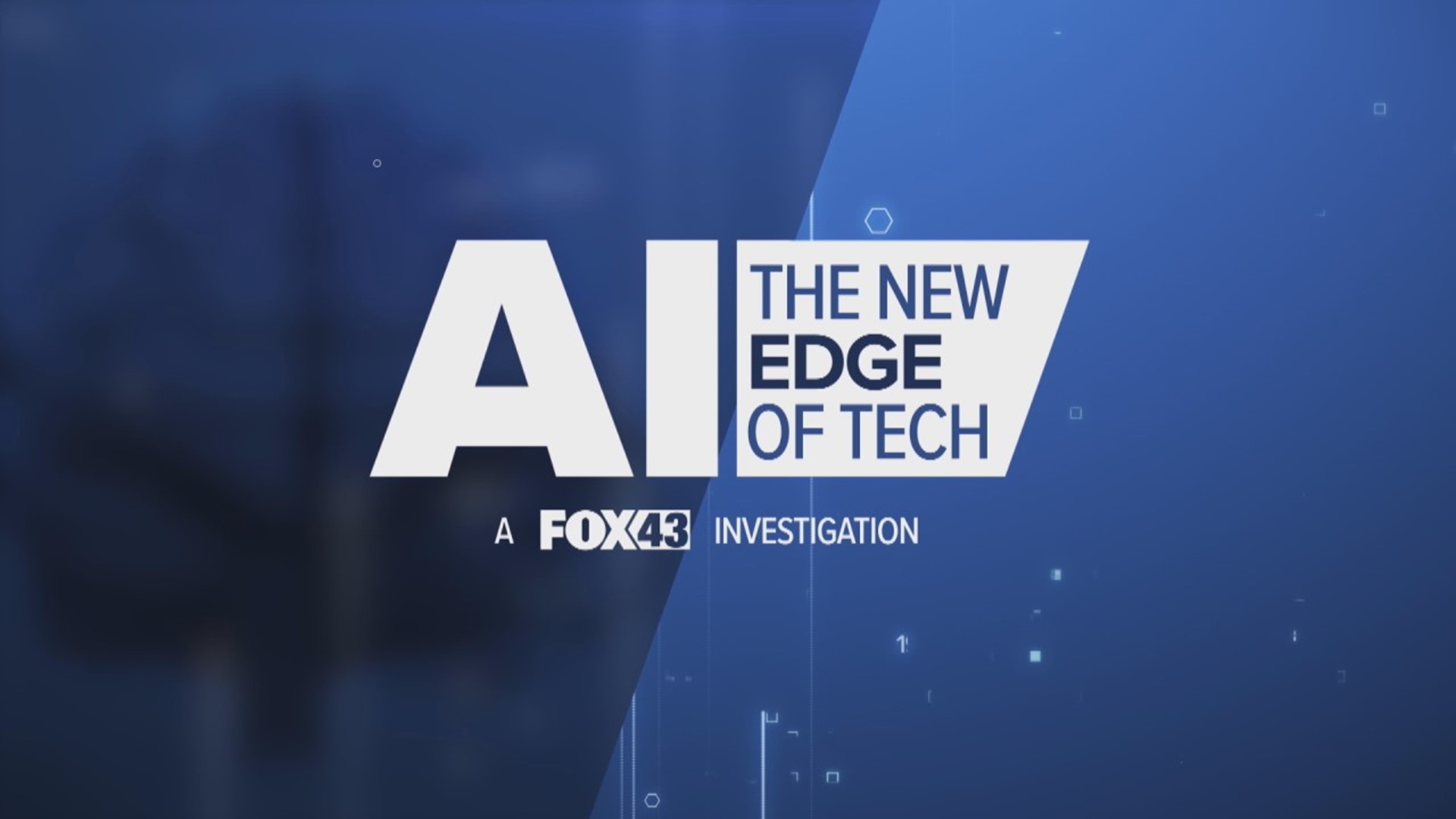PENNSYLVANIA, USA — It’s a simple term with significant global impacts. Artificial intelligence (AI) is increasingly sophisticated and powerful.
The new breed of AI looks and sounds more and more lifelike, seemingly exhibiting human qualities, leaving some to wonder what it all means for humanity.
Shomir Wilson, an assistant professor at Penn State’s College of Information Sciences and Technology, said the technology that's considered AI has changed over time, but the idea is the same.
"AI is all about getting computers to do tasks and require something that humans, maybe distantly, recognize as intelligence," Wilson said.
AI has already changed our world immeasurably and it has been for decades. It points out errors in our writing and helps us quickly track down relevant information. The boundaries of AI are always changing.
"It’s always kind of like at the leading edge of the technology changeover and what you’re seeing with large language models, is that that’s pushing up the value chain," said Jamison Rotz, founder of Harrisburg-based company Nearly Human AI.
Large Language Models or LLM’s are the latest in a series of technological breakthroughs widely referred to as Generative AI.
Popularized by OpenAI’s ChatGPT, Snapchat’s My AI and Google’s Bard Chatbot, these programs can answer questions and churn out information at impressive speeds.
"It’s sort of like autocomplete, but it’s a little more sophisticated than that because it’s trained in a way specifically to answer questions," Wilson said.
While they may speak to you like a human being – Wilson says they’re merely responding to prompts and generating text based on an algorithm that chooses which words should come next.
"It doesn’t have a formal representation of knowledge; it only knows what sequences of words are likely to appear after each other," Wilson said. "Sometimes that sequence of words ends up giving you the right answer to the question, sometimes the answer is reasonable, but it’s completely off."
It’s not just text, OpenAI’s DALL-E AI can create photorealistic images in seconds.
When we asked DALL-E for a photo of a sunset over the mountains, it generated four images indistinguishable from the kind that would appear in an issue of National Geographic. The difference is – they aren’t real.


"AI systems are able to generate content that seems more and more like a picture or like something that a person wrote," Wilson said. "This is a problem that we are facing in higher education right now."
"I think AI will really have the opportunity to revolutionize public education and all education, K-12 and higher education," said Robyn Euker, director of curriculum at Cumberland Valley School District.
Euker sees the new technology as a chance to increase student engagement.
"ChatGPT with the ability to generate different content, or images when you think about DALL-E, has provided opportunities for teachers and students to develop and really maximize or explore new areas," Euker said.
The district created an AI task force in response to the advent of Generative AI, now implementing AI detection software teachers can use to check for AI content in a student’s work.
"How it plays into academic dishonesty and plagiarism, but then also instructionally and how we can begin to embed it in the curriculum," Euker said. "The reality is that it will be a part of their future."
Educators believe students need to learn how to use AI effectively, knowing how to work alongside the technology to generate the intended results and check for accuracy.
There is some concern that the technology could hinder learning.
We watched in awe as ChatGPT generated a 500-word essay about dolphins in less than 30 seconds. While ChatGPT’s speech patterns can be easy to spot, that might not always be the case.
"There is now this temptation that students face to use generative AI to do things that faculty are asking them to do," Wilson said. "That means I need to have more detailed conversations with students about how learning works and why they should actually engage in these difficult processes."
Wilson said AI technologies work best with human input and he believes human creativity will continue to be valuable. He points out that ChatGPT and programs like it are in their infancy and need more human interaction to make progress.
In Part two of AI: The New Edge of Tech we’ll examine how AI is already infiltrating industries and how human roles could change.

